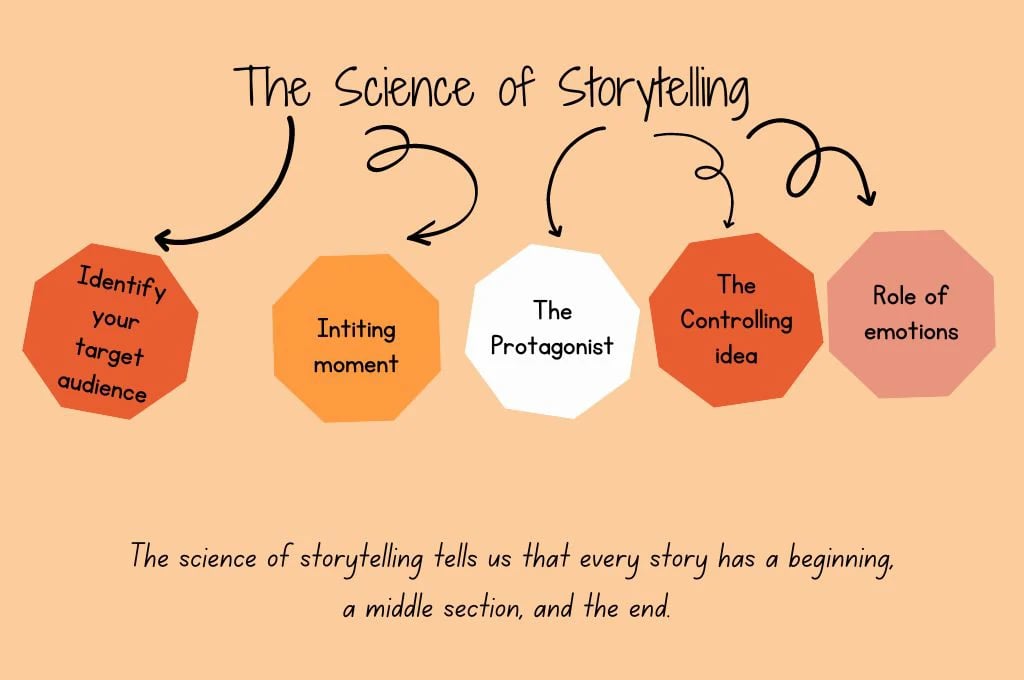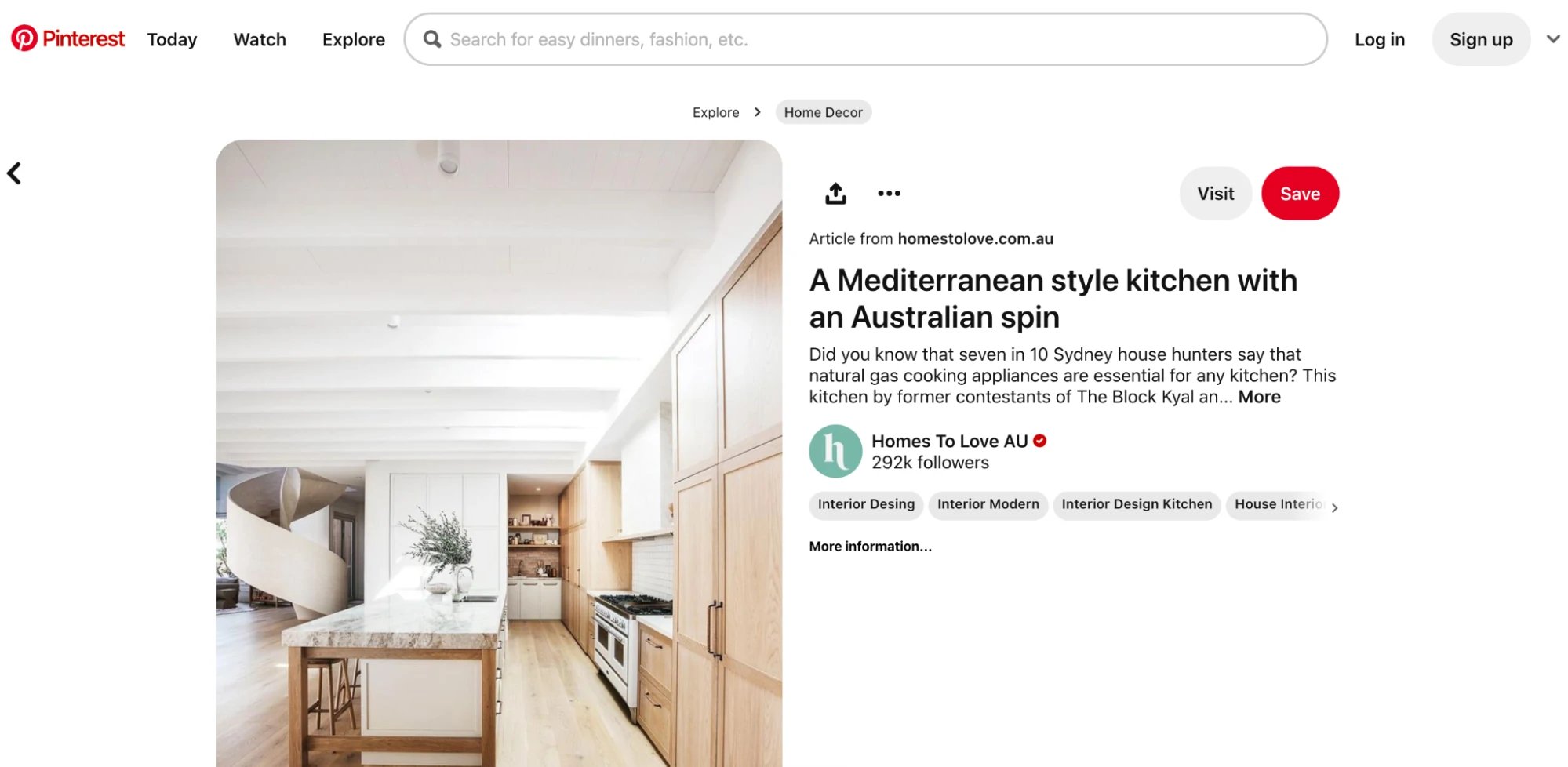Stories have been around for centuries, and they have relevance across different cultures across the globe. They have been used to pass information from generations, like the myths of Ancient Greece, to stories of Native America.
Another great example is the stories and morals you were taught as a child. You will most probably remember these stories today since they were interesting and engaging. Thus, stories have the potential to captivate your mind and help create engagement. They may also influence you to buy something.
In the world of marketing and sales, storytelling is a powerful tool to grab the attention of people to make them your paying customers. To put it in simple terms, storytelling in marketing uses narrative techniques to communicate an idea to people that will resonate with them.
This can be achieved by using emotional appeals, expressive language, and pictorial detail to create a mesmerizing and immersive experience for the audience. Ultimately, this will help you increase your conversions and enhance your brand loyalty. A good salesperson is very good at talking about their schemes, but a great salesperson knows how to tell a story to potential customers.
In today’s competitive marketplace, the features and benefits of what you are trying to sell are alone not enough to generate engagement and interest in your product. Storytelling is a great way to stand out and connect to your audience on a deeper level. Incorporate your brand into a story and convey the message to your audiences to create lasting customer relationships.
A great example of this is Nike’s “Just Do It” campaign, which used storytelling to inspire athletes and fitness enthusiasts around the world by featuring real people overcoming a range of challenges to achieve their goals. Nike managed to create an emotional and powerful connection with their audience through this campaign. So, in this article, I will explore the power of storytelling in your marketing and sales campaigns and offer you some tips to compile stories that will inspire audiences to convert them into your customers.
The science of storytelling
The science of storytelling tells us that every story has a beginning, a middle section, and an end.
The beginning is used to get your audience on board and hook them to the idea, while the end is the call to action section where the solution to the problem is addressed.
Understanding what will make a good story will take you a lifetime, but there are some key elements that you have to pay attention to craft a good story. Here are a few points you should consider.
- Identify your target audience. A proactive sales strategy without taking customers in mind is going to fail. The first and key step to drafting a story is understanding your target audience and seeing what they care about. Once you’ve understood the audience in the space, you can tailor your strategy to fulfill their interests and needs.
- The fuel to your story. The inciting event is the fuel that will trigger everything in your story. In terms of your strategy, you must think about what will incite an event for your company. These are generally the core beliefs of your company and anything that motivated the existence of your company.
- The hero. Your story needs a hero so that people can rally around it. Generally, when you are selling, portraying yourself as the hero may be a mistake, so you should generally focus on your audience or an imaginative figure to be the hero of the show. The whole idea is to help your customers solve their problems with your products, and showing you as the hero will not be of any help.
- The controlling idea. The message you want to deliver to your audience falls under this category. It will underline the purpose of your brand and act as a mission statement. In layman's language, it will tell your customers how your brand can help them solve their problems efficiently.
- Role of emotions. Emotion is a powerful storytelling tool to get your audience's attention. Through sensory details and vivid experiences, salespeople and marketers can connect on a deeper level with their audiences. Emotional connection is a key factor in building loyalty and encouraging action.

Following these five tips, you can compile excellent stories that will help captivate the minds of your audience and propel them to convert into paid customers.
The benefits of storytelling in your sales strategy
Now that you have an idea of the science behind a good story, let us understand why storytelling in your sales strategy benefits you.
- Grabs attention. Stories can grab the attention of audiences in mere seconds. People might find it boring and tune out if you constantly talk about your product's features or benefits. Instead, you can put the same ideas in the form of a story, and it will hold their attention longer.
- Builds trust. Storytelling can help you build trust and reinforce relationships between you and your prospects. A narrative helps add a new dimension between you and your clients. In most cases, this will cause your customers to let their guard down and open up to you.
- Motivates action. A good story will convert and change the perception of your prospects, making them take action. If the story can get to individuals, they can relate to it as if living in it. This will help them connect well with your business and motivate them to actually buy your product. One of the most important steps is moving prospects through the sales funnel.
- Adds depth to the product. Storytelling adds depth to your product and brand as a whole. Instead of just sharing facts, storytelling can illustrate possibilities for a better and longer connection with your customer.
- Create a conscious visualization. Stories hit different people differently and help them visualize the application of the product in their daily life. Thus, a customer may be more inclined to remember a story rather than a sales pitch you throw at them.

Storytelling as part of your social media strategy
When it comes to effective sales and marketing channels, social media is incredibly powerful. Incorporating storytelling into your brand's social media strategy is a great way for businesses to captivate their audience and convert them into paying customers.
Doing this effectively, however, requires that you understand your audience. What are their pain points and challenges? What motivates them? Understanding this is essential to crafting stories that resonate with your audience.
Next, brands need to understand how to let their stories fit their platform. For example, a furniture brand that wants to use Pinterest to sell pieces of furniture can start by creating compelling visuals of its product. Then let the pictures tell a story that accentuates the brand's narrative.
This minimalist kitchen counter has the kitchen interiors to match. The information featured along with it helps tell a story about how essential renewable energy is – a value shared by most minimalists and younger customers.

Each platform offers brands unique opportunities to connect with their audience. Brands interested in using Instagram to boost their sales and marketing efforts have a unique choice. They can either humanize their brand through social media by hosting Q&A sessions, posting behind-the-scene highlights of their businesses, or sharing snippets of their positive impact and similar real-time marketing practices.
Or, if they prefer, they could create an image of elegance, extravagance, and exclusivity by working with influencers they feel best represent their brand's ideals. Brands that feel this is a better approach to creating a compelling narrative around their product must learn how to find Instagram influencers and properly vet them to ensure they’re a good fit.
TikTok is known as the app of the younger generations, mainly Gen Z and Millennials. More particularly, users aged 18 to 24 comprise almost 40% of the platform’s audience, with 419.9 million users falling within this age range.
Also worldwide, TikTok currently boasts 1.4 billion monthly active users and will reach 1.8 billion by the end of 2023.
Platforms like TikTok also present a unique opportunity for brands to create compelling stories for a much younger audience, particularly Gen Z. Storytelling aimed at Gen Z needs to look organic, avoid pandering and appear raw and unfiltered.
Ideas that work best here are How To’s, TikTok Trends, Life Hacks, Challenges, and anything engaging and actionable to viewers. Despite the unfiltered, raw nature of content here, most great storytelling will still require that brands at least use a video editor for TikTok and not rely exclusively on the app for creating their content.
Will the art of storytelling propel you to success?
Storytelling is an effective tool for salespeople and marketers to captivate and convert their audiences. People are hardwired to hear a good story as it creates an immersive and memorable experience they can experience in their lives.
So, get your writer's hat on along with your sales suit, but remember that every customer has unique problems and needs, so customize your storytelling according to your product and client. Ask questions to find out what motivates your clients emotionally and tailor the story accordingly. Also, add some form of humor to bring life to your story. Finally, speak naturally, relax, and combine emotions with logic to create a seamless narrative.




